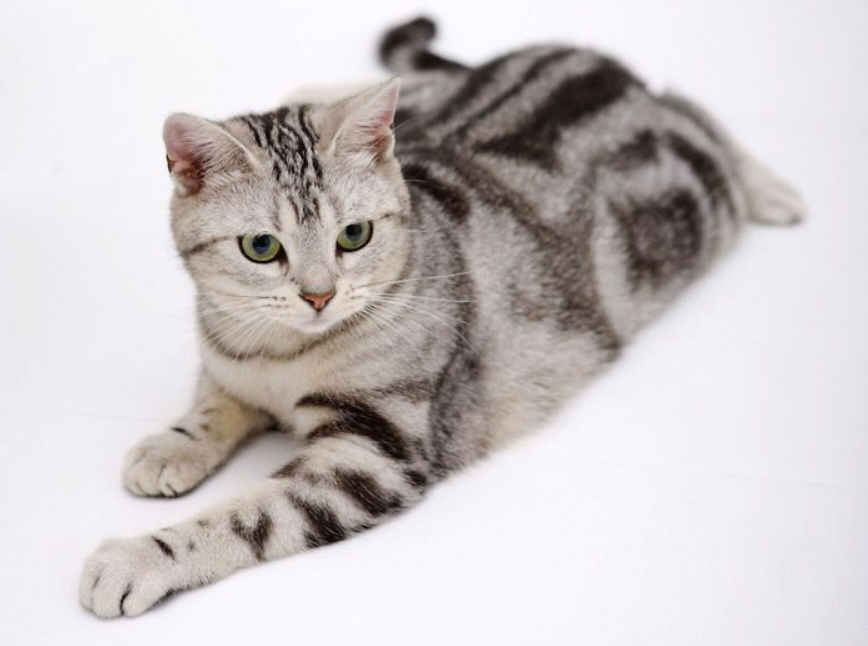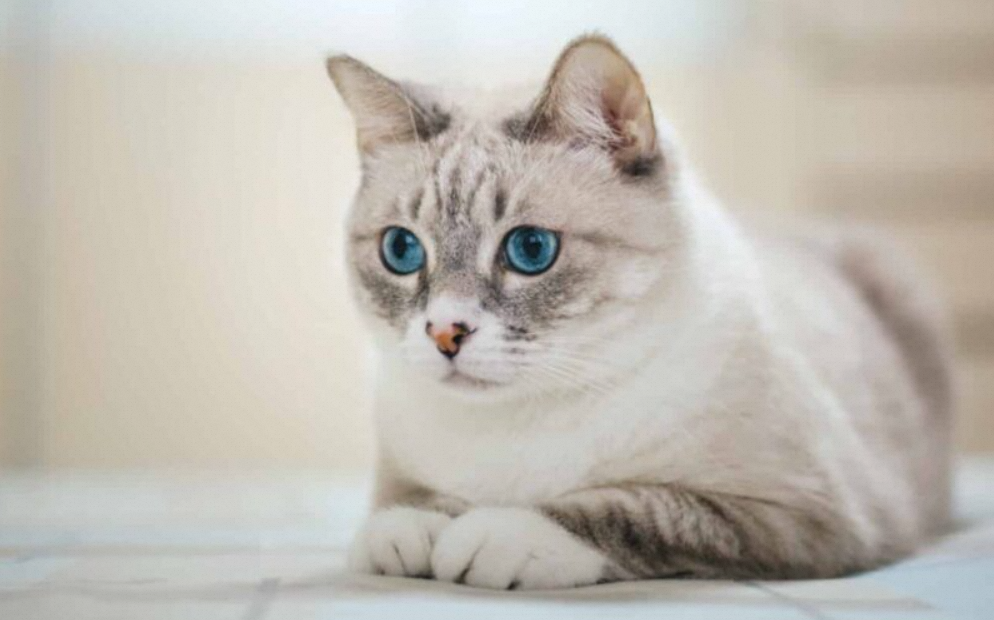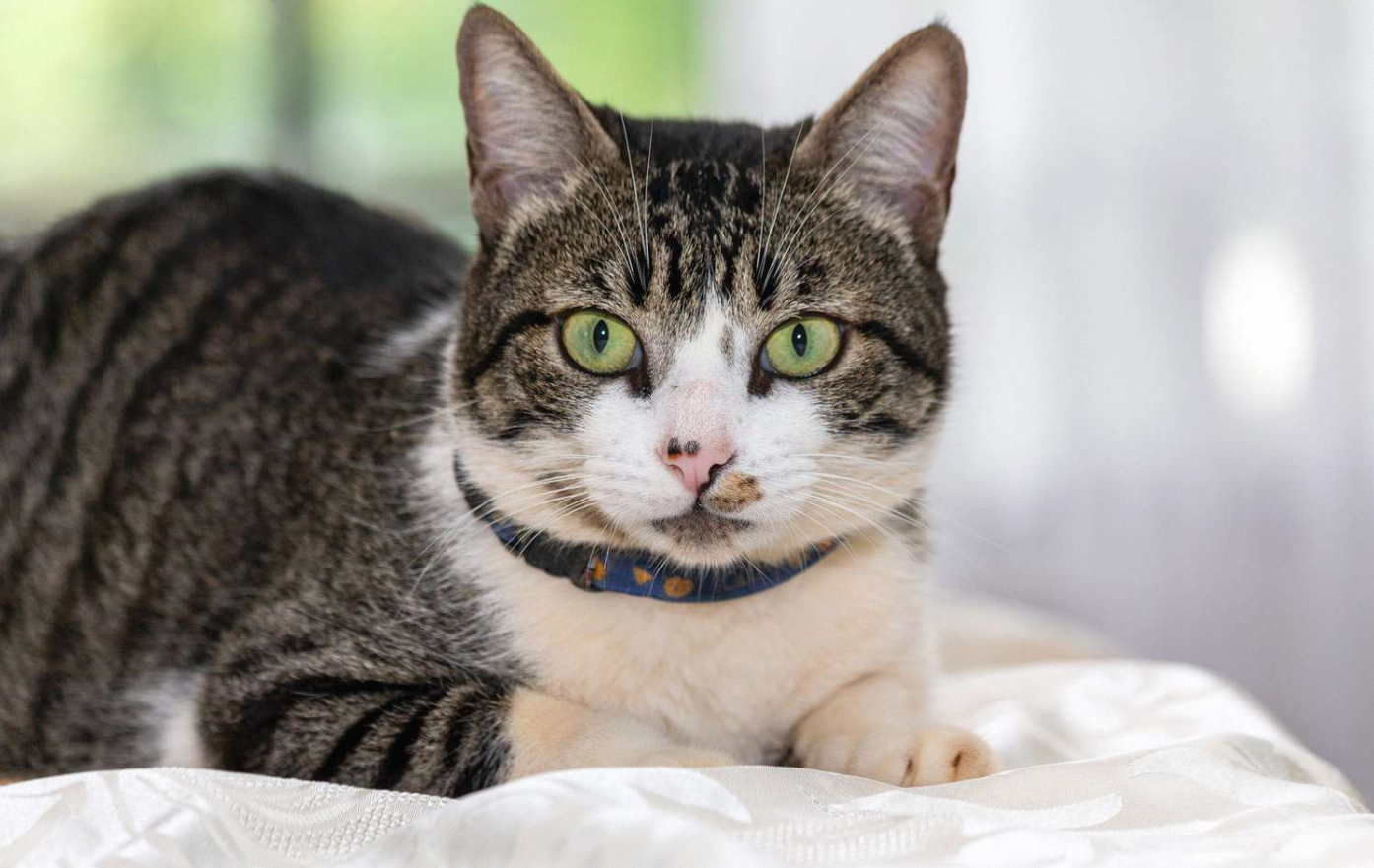Have you ever heard of the American Wirehair Cat? Yes, you heard it right, Wirehair. Compared to the American Shorthair, it is less common. But it’s also easy to keep. For those who like cats, most of them like their soft and delicate fur. So what’s so different about American wirehair cats? Let’s take a look together.
In This Article
The origin and development of American wirehair cats
The American Wirehaired Cat is a subspecies of the American Shorthair Cat. It originated in 1966. Among the kittens born at the Judeka Farm in New York State, the United States, a black and white mutation appeared in the coat color. Cat enthusiasts used this cat as a basis, carefully bred it, and added American shorthair cat blood. After more than 10 years of selective breeding, today’s American Wirehaired Cat was developed. In 1967, the American Wirehaired Cat was successfully registered by CFA and became the 38th of the 40 cat breeds recognized by CFA.
 Later, in order to improve the breed and avoid excessive inbreeding, they used American shorthair cats to assist in the development of this breed. Finally, in 1969, the first purely artificially bred wirehair cat was born. According to the CFA, only 60 American Wirehair cats were registered in 1998. There were 68 in 1999 and 58 in 2000. It is one of the rare cat breeds listed in the CFA registration data. It is especially rare outside the United States and Canada, so it is very valuable. In 1972, American wirehaired cats were introduced to France. In 1978, he won the championship in the CFA Cat Show. However, it has not yet been recognized in the UK and many other countries.
Later, in order to improve the breed and avoid excessive inbreeding, they used American shorthair cats to assist in the development of this breed. Finally, in 1969, the first purely artificially bred wirehair cat was born. According to the CFA, only 60 American Wirehair cats were registered in 1998. There were 68 in 1999 and 58 in 2000. It is one of the rare cat breeds listed in the CFA registration data. It is especially rare outside the United States and Canada, so it is very valuable. In 1972, American wirehaired cats were introduced to France. In 1978, he won the championship in the CFA Cat Show. However, it has not yet been recognized in the UK and many other countries.
Characteristics of American Wirehair Cats
Coat
The biggest feature of the American Wirehaired Cat is its bristles, which are similar to those of a hound. The hair is strong and elastic. Each protective hair is hooked or curled at the end, even the hair in the beard and ears, just like a small thorn. The coat is tightly curled at birth, and it takes four or five months for the curly coat of an adult cat to develop. From the upper hair to the lower hair, they are all elastic bristles, like a slender iron brush.
The coat is actually thinner than that of an ordinary cat, but it is fluffy and thick due to curling, and is in a large wavy shape. It even forms circles of curls, looking like a lamb. The hair is thick and rough to the touch, like metal wires. Completely different from curly cats, which also have curly hair but have a soft texture. The hair under the cheeks and belly is less coarse.
 There are as many coat colors as American shorthair cats, such as: white, black and other solid colors, striped forms, half colors, etc. All coat colors and patterns have been identified except key colors. Among them, tabby cats are more popular because their hard hair can make the tabby pattern more obvious. They have a beautiful “collar” pattern on their necks. The stripes on their bodies are called “fishbones” because they resemble chimney bones.
There are as many coat colors as American shorthair cats, such as: white, black and other solid colors, striped forms, half colors, etc. All coat colors and patterns have been identified except key colors. Among them, tabby cats are more popular because their hard hair can make the tabby pattern more obvious. They have a beautiful “collar” pattern on their necks. The stripes on their bodies are called “fishbones” because they resemble chimney bones.
Appearance
American wirehair cats have an oval head and medium-sized rounded ears. The eyes are large and round, shining with golden light when looking at them. The nose is of medium length and the mouth is square, matching perfectly with the entire head. The limbs are of moderate length, and the feet are large and round, which is good for running. The tail is of moderate length and kept low. When about to attack, the tail will be immediately erect.
Body Shape
American wirehair cats are small to medium sized. Slender and muscular, with extremely developed muscles. Male American wirehair cats are larger than female cats.
Character
 American wirehaired cats are lively and curious. Because of its strong self-esteem, its expression looks more serious than other cats. When other cats are around, they will show a dominant and competitive temperament, pretending to be majestic and arrogant. In fact, they have a docile personality, are easy to get close to, and are affectionate and gentle. It is a cat breed that loves to play and often act coquettishly. It also likes to be held. It is easy to maintain, rarely gets sick, and enjoys a long and healthy life. Moreover, it is smart and emotionally stable, making it an easy pet cat for its owners to take care of.
American wirehaired cats are lively and curious. Because of its strong self-esteem, its expression looks more serious than other cats. When other cats are around, they will show a dominant and competitive temperament, pretending to be majestic and arrogant. In fact, they have a docile personality, are easy to get close to, and are affectionate and gentle. It is a cat breed that loves to play and often act coquettishly. It also likes to be held. It is easy to maintain, rarely gets sick, and enjoys a long and healthy life. Moreover, it is smart and emotionally stable, making it an easy pet cat for its owners to take care of.
Feline distemper, feline infectious enteritis, is an acute and highly contagious infectious disease of American wirehaired cats. Clinical manifestations are mostly characterized by sudden high fever, intractable vomiting, diarrhea, dehydration, circulatory disorders and leukopenia.
The incubation period of feline distemper is 2 to 9 days, and clinical symptoms are related to age and virus virulence. Kittens that are several months old often suffer from acute illness, with body temperature rising above 40°C and vomiting. Many cats show no symptoms and die suddenly. Cats over 6 months old mostly present with subacute clinical symptoms. They first develop a fever to about 40°C, then drop to normal temperature after 1 to 2 days, and then rise again after 3 to 4 days, which is the biphasic fever type.
American wirehaired cats infected with feline distemper will be depressed, anorexic, and have intractable vomiting, with yellow-green vomit. There is sticky secretion in the mouth, eyes, and nose, and the feces is sticky and bloody in the later stages.
Methods for treating feline distemper in American wirehaired cats:
1. Specific therapy: Feline plague immune serum has good effects through clinical use. Usage: 2 ml/kg body weight, intramuscular injection, once every other day.
2. Symptomatic treatment: antiemetic, anti-inflammatory, antipyretic, hemostatic, sugar supplement, alkali supplement, and fluid replenishment.
A: Metoclopramide injection 0.15~0.25 ml/kg body weight, 2 times/day, intramuscular injection.
B: Gentamicin 10,000 units/kg body weight, or kanamycin 50,000 to 100,000 units/kg body weight, 2 times/day, intramuscular injection.
C: Bupleurum injection 0.3 ml/kg body weight, 2 times/day.
D: Mix 5 to 10 ml of 25% glucose, 5 ml of 5% sodium bicarbonate injection, and 30 to 50 ml of compound normal saline for intravenous injection.
E: To stop bleeding, vitamin K3 injection 0.3 ml/kg body weight can be used, 2 times/day, intramuscular injection.
